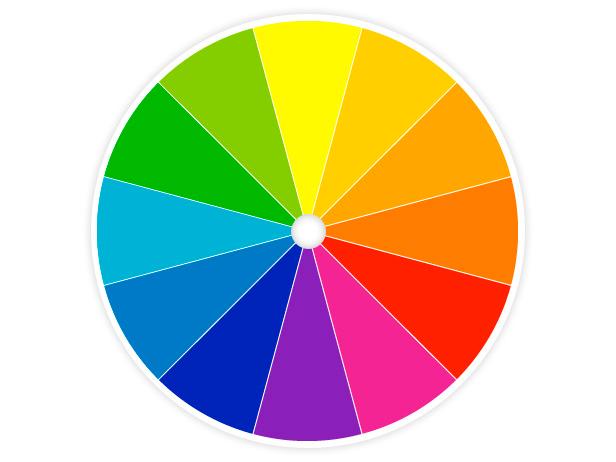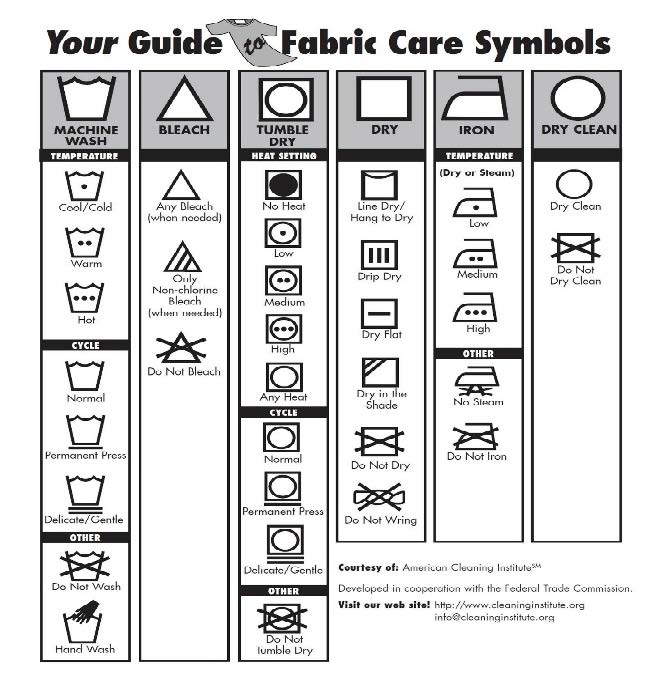Buymanship Project
The purpose of the buymanship project is to teach young members to make wise selections in clothing and accessories. Learn ways to comparison shop for good value (best sale prices and discounts) and how to choose appropriate clothing for an individual’s age, figure type and available funds.
What should I purchase for my project?
There are several things to keep in mind when you are selecting an outfit to purchase
and model.
1. Activities or Events
What activities or events do I participate in and what clothing do I need for the
activity?
Examples Activities: Church, Sports, Leadership/Community Organizations, 4-H Activities,
Wedding, Recital
Write down activities you participate in and what clothing you think you will need.
2. Need vs Want
What is the difference between a need and a want when it involves clothing?
A need is something you have to have, something you can’t do without. Clothing is
something we all need, but when looking at your wardrobe, what is the one thing you
really need.
What clothing item do I need for the activity or event?
A want is something you would like to have. It is not absolutely necessary, but it
would be a good thing to have. Example of a want would be to have a fur coat. A coat
is needed, but maybe not an expensive fur coat.
What clothing item do I want for the activity or event?
3. Style
What is your style?
Example Styles: Sporty, Classic, Romantic, Dramatic, Rugged, Preppy
What do you like to wear?
What do you feel comfortable wearing?
4. Color
Color is one of the most exciting dimensions in nature…and in clothing. In deciding what color scheme to go with, it’s best to start with what color you like.
Circle the color you like to wear.

A working wardrobe will have some basic neutral colors such as; black, brown, navy or khaki. Having items in these neutral colors will allow you to mix and match other colors and be able to wear all year long. Use brighter colors in accessories or tops.
When putting an outfit together, look for design features that ties the garments together. It may be a similar color, line, or print. Use the method “scarecrowing” to help determine your combinations. Lay the complete outfit on the bed like you are making a scarecrow. Determine what combinations you like. SURPRISE!! You have an outfit.
5. Fit
What is a good fit?
Good fit means that when a garment is viewed on someone it looks attractive from all
sides, without pulls, gaps, or folds. It is essential that each and every item be
tried on to determine the fit before purchasing. Check the view from the back as well
as the front. Test fit by sitting, walking, bending, stretching, or reaching. Always
wear good undergarments. Properly fitted undergarments create a clean and smooth fit.
Fashion Fit Tips
The suggestions below should help you prepare for the fashion revue.
Girls
* Proper foundation garments should be worn but not seen.
* Shoe heel height should be appropriate for skirt length.
* Accessories should add to the total look for the outfit and not create a competing
second look.
* Slips should always be worn with skirts.
* Proper undergarments would be worn.
Boys
* When wearing pants with belt loops, always wear a belt. Belts just make an outfit
look polished and well put together.
* Jacket Length - sleeve length should come to the bony knot on the wrist when the
arm is down at the side. Shirt cuffs should be ½ inch longer than thumbs when arms
are down.
* Slacks - back of hem should touch back of sole and angle up in front. Pant hem should
break at top of shoe. Cuffed slacks are straight. Straight slacks should always have
longer break in front than cuffed slacks.
* Boots are only appropriate if they suit the style of the garment.
* Older boys (over 11) should wear hand-tied ties. No clip-ons.
* Tie tacks should be worn if appropriate.
* Don’t wear both a belt and suspenders.
* Belts should match your shoes.
* Socks should match your trousers.
* Button top button only on suit jacket.
Practice modeling in your complete outfit so you will feel comfortable and confident.
Shoes need not be new but should be clean and recently polished.
Props should appear natural. Should not take away from the outfit.
6. Cost Per Wear
In order to make a wise purchase, you need to determine the cost per wear.
Cost per wear is the cost of your garment plus maintenance cost divided by the number
of times item will be worn during the year.
Retail Cost + Maintenance cost / number times worn= cost per wear
| Item | Cost | Times Worn | Maintenance Cost (.50) # times cleaned | Cost per Wear |
| Blue Jeans | $ 130.00 | 30 | 7.50 | 4.60 |
| Formal | $ 380.00 | 1 | 10.00 | 390.00 |
Before you buy, keep several things in mind.
- Set limits on what you can spend for each item.
- Consider garment care. Choose garments with similar laundry instructions. Drycleaning takes dollars from your budget and hand washing takes time and space.
- Consider where and how long you’ll wear each garment.

